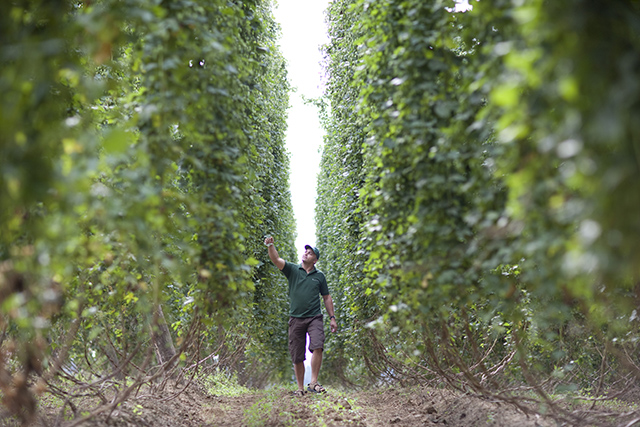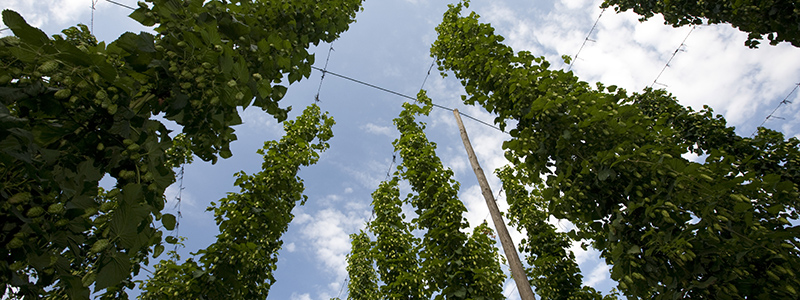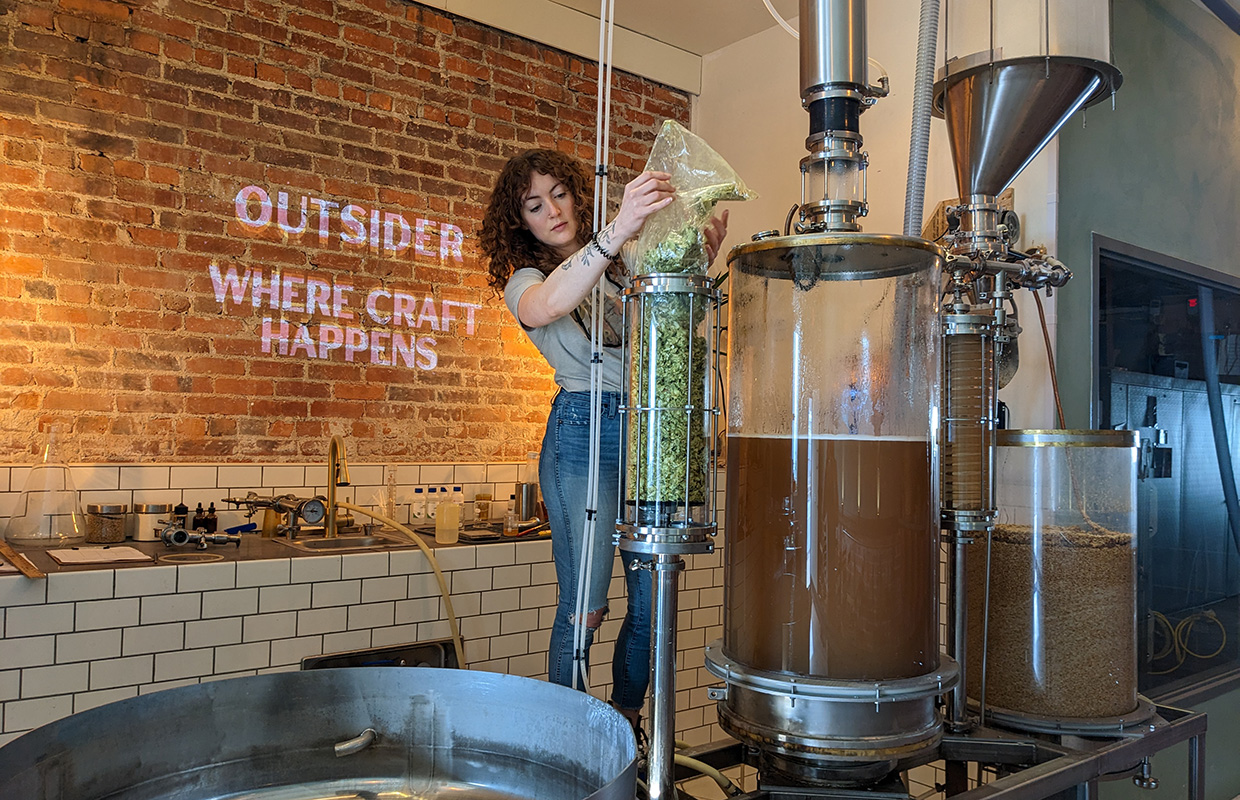
As spring turns toward summer, preseason hop crop reports show that there are more hops in the ground than ever before in the United States for a fourth straight season and a third straight year around the world.
Most of that increase is because more craft breweries are signing contracts with hop growers, ensuring growth in the industry while helping brewers satisfy the ever-growing demand for more hop-forward brews.
With the cost per acre estimated at a minimum of $40,000 or more, contracts have been essential. Costs add up quickly when taking land, growing supplies, labor, equipment and facilities for both picking and drying hops, along with cold weather storage and packing equipment are factored in.
“We are finally beginning to see some signs of breathing room in the supply chain,” said Pete Mahony, Vice President of Supply Chain/Purchasing at John I. Haas in Yakima, Washington. “Although, we’ve not reached comfortable levels quite yet.”
The weather has helped as well, giving buyers and growers more potential product to work with, which helps stabilize a sometimes volatile marketplace. Especially for smaller breweries that do not have a hop provider under contract.
Normal irrigation water supplies are currently projected for Washington’s Yakima Valley, home to approximately 70 percent of this country’s hop crop. In addition to an uncharacteristically hot year, low water supplies due to a small snowpack in the 2014/2015 winter resulted in lower yields for 2015 on some varieties — particularly early maturing aromas which are in high demand.

Ann George, Executive Director of Hop Growers of America, said that she is excited for the 2016 growing season because of a good supply of water, more acreage for new crops and the amount of new acreage that is coming into full production maturity.
“Thanks to the efforts of the hop and brewing industries working together, contracts have increased, resulting in more breweries reliably having their needs fulfilled and at a known price,” she said. “We hope to see this continue, reducing reliance on the spot market, which acts as a good buffer for unanticipated need and yield variances.”
In the latest report from the U.S. Department of Agriculture, compared to last year there is 10 percent increase in inventory available last year while the International Hop Grower’s Convention report predicts more than 8,000 acres of land have been added for hop growing, a 6.7 percent increase. Meanwhile, in the U.S., that number is almost doubled with 13 percent growth.
The report by the IHGC shows that the U.S. has 131 million pounds of hops in inventory. Most of that crop is under contract, but some will be available on the spot market as well.
With a projected increase of 5,400 acres in the Pacific Northwest and 600 more across the country, the estimated increase for the U.S. is 13 percent more than 2015, which saw a 19 percent increase from the year before.
The projected increase would bring the U.S. hop acreage to 51,275 acres, widening the gap from Germany, which is projected at 45,468 acres.
Photos courtesy Kreklau/Barth.





Be the first to comment